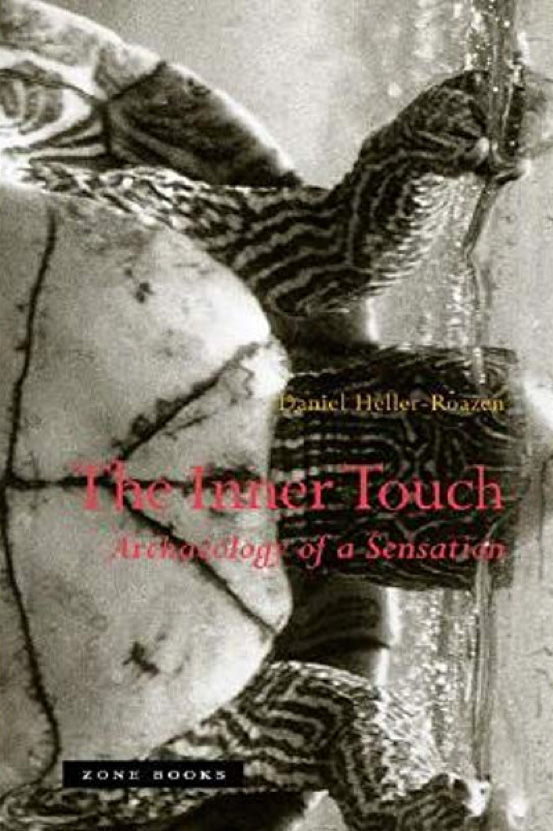However, the Aristotelian treatise that came to interest me most was the De anima. I used the commentaries on this text to illustrate various themes, for instance the influence of the literary genre (see List of publications, art. 53: “The Literary Forms of the Reception of Aristotle”) and the structure of the various commentaries (see art. 41: “La structure des commentaires philosophiques à la Faculté des arts”).
From the time of the first mentioned article, on the reception of Aristotle (a paper read at a congress in Bonn in 2000), onwards, I decided to focus my research on the tradition of the De anima, not only for reasons of convenience (this text had already been well studied and many commentaries had been edited), but also because it was one of the basic texts of teaching in the arts faculty from 1240 onwards. Moreover, it was a source for controversy with the theologians and thus played a role in the famous interdictions and condemnations at the Parisian university. And its general subject, psychology or the study of the soul, appealed to me as an important and comprehensible part of philosophy.
So, I began to study the reception of the De anima, following the various treatises and commentaries from Gundissalinus, John Blund, and other early sources onwards. I tried to understand with the help of the medieval commentators, what Aristotle had meant, just as many students of the arts faculty before me. I soon discovered that Book III was too difficult for me. I would never really grasp the exact meaning of the sensus agens and other such etheric concepts. Thus, I concentrated on Book II, on the senses, and discovered the fascinating subject of the inner senses. An encounter with a great book by Daniel Heller-Roazen: The Inner Touch. Archaeology of a Sensation (New York 2009), found on a table in a London bookshop, made me discover the common sense (in its ancient meaning). This amazing sense, between the perception of physical sensations and more abstract perceptions, like imagination and remembrance, seemed to me the right angle from which to tackle the inner life, staying well below the regions of the intellect.
Articles on the common sense
Daniel Heller-Roazen’s beautiful book on the common sense
The first paper I gave on this topic: Adam of Buckfield’s Commentary on “De anima”. A Case Study, was at a conference at the Warburg Institute, organised by the “Societas Artistarum” in collaboration with Charles Burnett, on the theme Reading Aristotle in Britain during the 13th Century, in 2015 (see Part III, 2).
I also contributed to a volume in memory of my old friend Francesco Del Punta, with an article on the organ of the common sense: L’organe du sens commun chez les auteurs de la première moitié du XIIIe siècle (see List of publications, art. 71).
The topic of the common sense so captured my attention that I decided to constitute a dossier of the various texts concerning the De anima and mentioning this sense, starting at the beginning of the thirteenth century and for the time being open ended. This collection can be found in Part VI of this website (Work in progress).

Commentaires récents